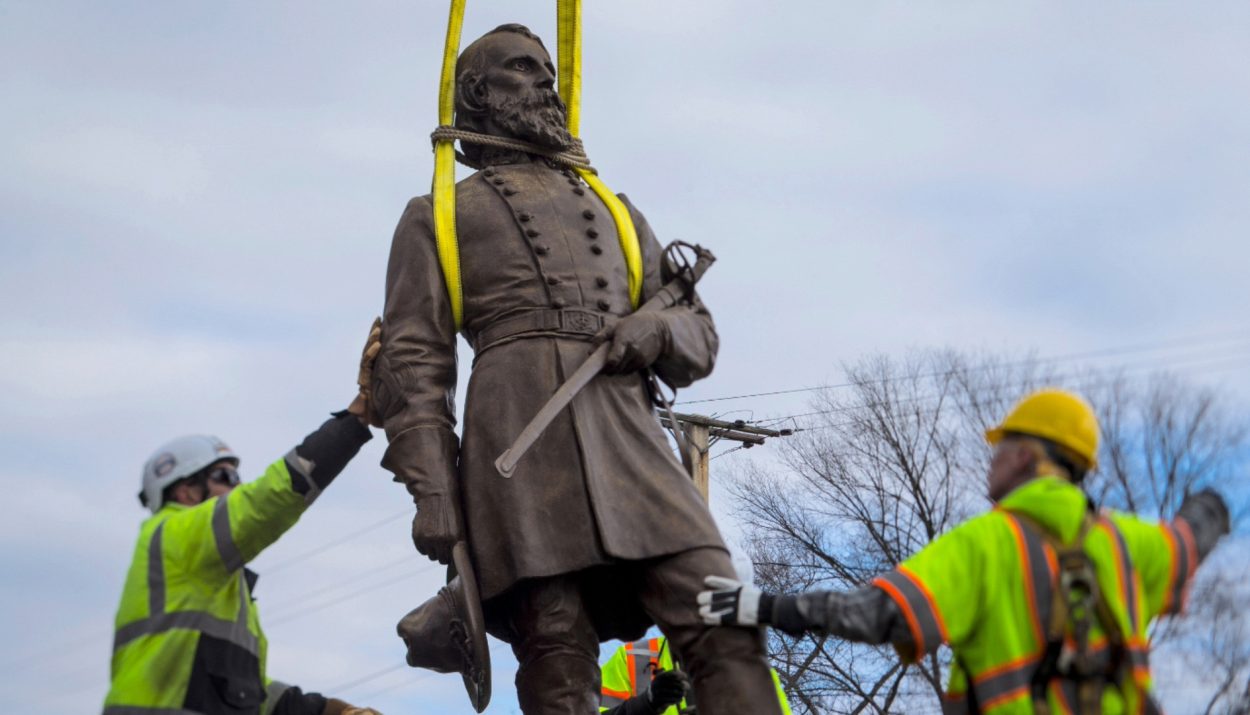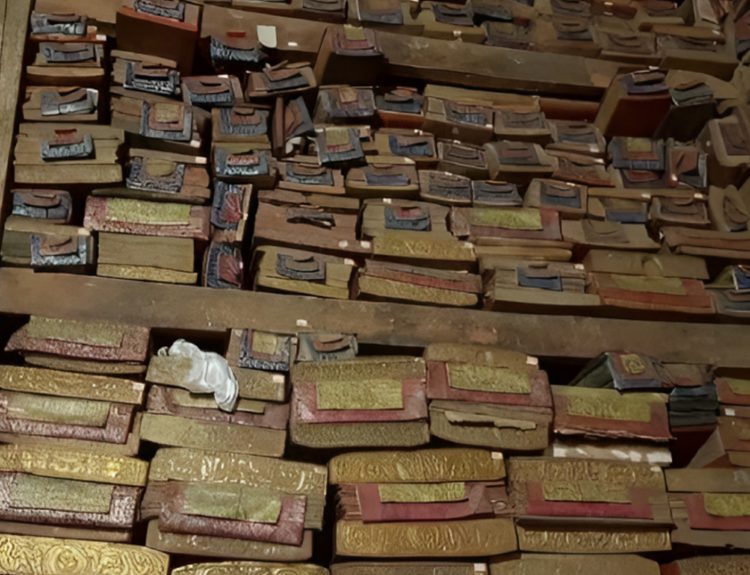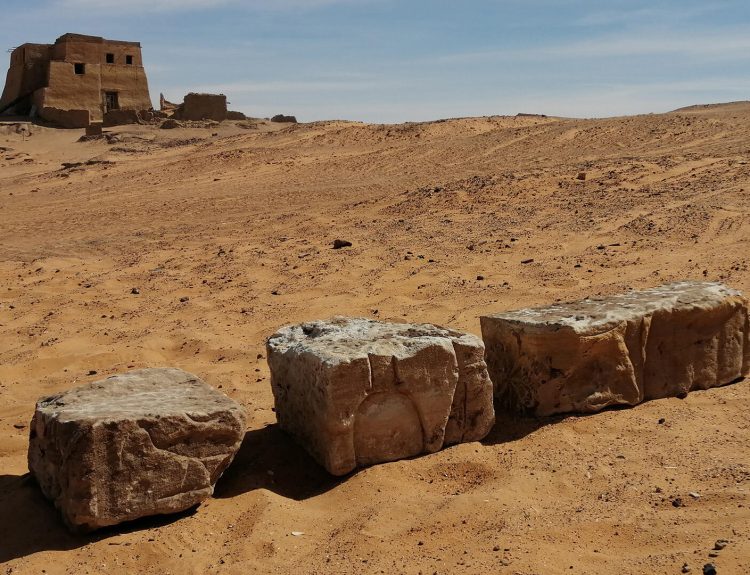It does make you wonder how we chose which historical figures to honor in public monuments and statues. On one hand, these monuments serve as a reminder of historic events of the past. But on the other hand, some of the individuals honored with large statues are people of questionable morals.
While it is true that values, beliefs, and attitudes change over time, it is also important for us to remember our own history – the good, the bad, and the ugly – so we are not doomed to repeat it, as the old adage goes. But some statues erected more than a century ago can be viewed by people of today as glorifying oppressive, racist beliefs. So, should these statues and monuments be removed? This is a controversial question with no clear answer.
A Shooting in South Carolina
On June 17, 2015, 21-year-old white supremacist Dylann Roof burst into the Emanuel African Methodist Episcopal Church, the oldest black church in the South, and opened fire. Nine people at a Bible study were killed – including State Senator Clementa C. Pinckney – and another was injured.
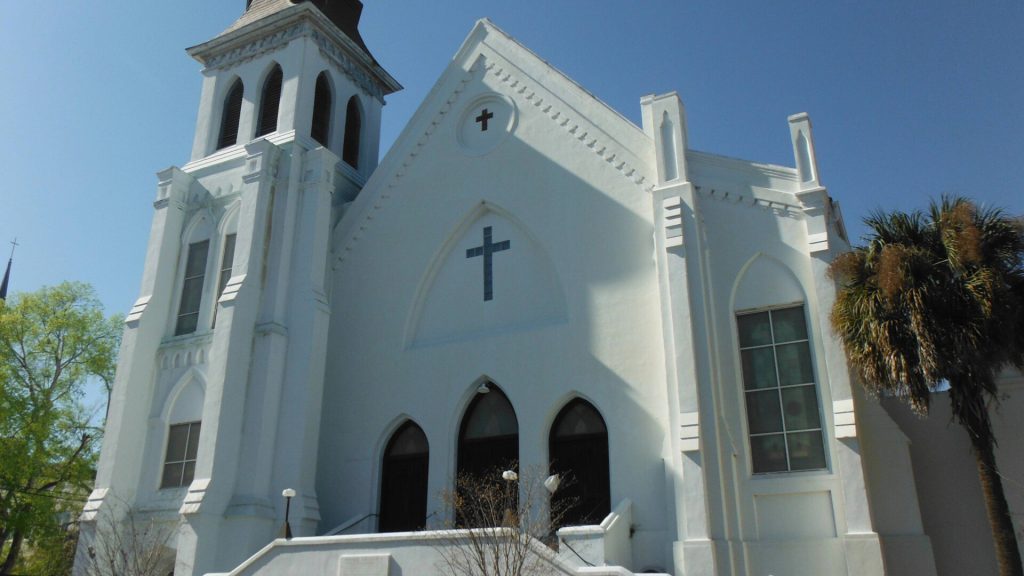
The shooter intentionally targeted this church because of its history. He published a hate-filled manifesto on the internet prior to the shooting. He had often posted photographs of himself with Confederate battle flags. The church shooting ignited debates about glorifying the Confederacy. The South Carolina General Assembly ordered Confederate flags and some Confederate monuments to be removed.
The Murder of George Floyd and the Black Lives Matter Movement
George Floyd, an African American man, was murdered by an overzealous police officer, a white man, in Minneapolis, Minnesota, on May 25, 2020. The brutality of this incident triggered nationwide protests against police brutality and in support of the Black Lives Matter movement.
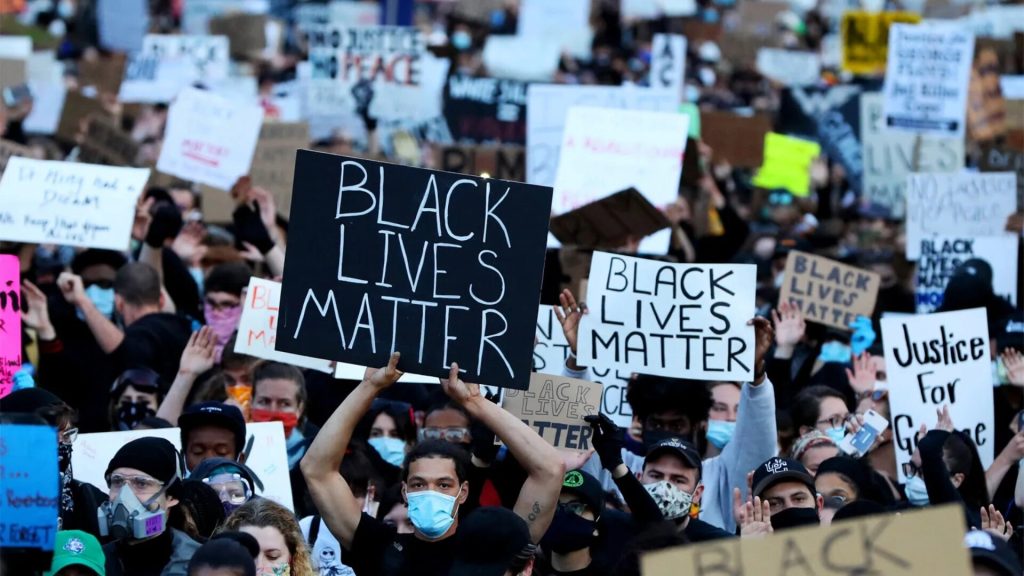
The Black Lives Matter movement shined a light on historical figures from American history, from Founding Fathers to military generals, who were slave owners or who actively prevented the advancement of African Americans.
The Push to Remove Offensive Statues
For many people living today, the idea that the United States was venerating slave-owners, slave traders, and anti-abolitionists was extremely offensive. They rallied for the removal of statues, plaques, and monuments that honored people with a dishonorable past.

As reported by the Southern Poverty Law Center, in the months following George Floyd’s death, about 160 statues and monuments were removed. As the SPLC noted, this was more statues than the combined total of statues that had been removed in the four previous years. But there are more than 700 Confederate monuments still remaining on public land.
A Complicated Issue
The decision to remove historic monuments and statues is wholeheartedly supported by some people but received push back from others. It turned out to be a complex issue.
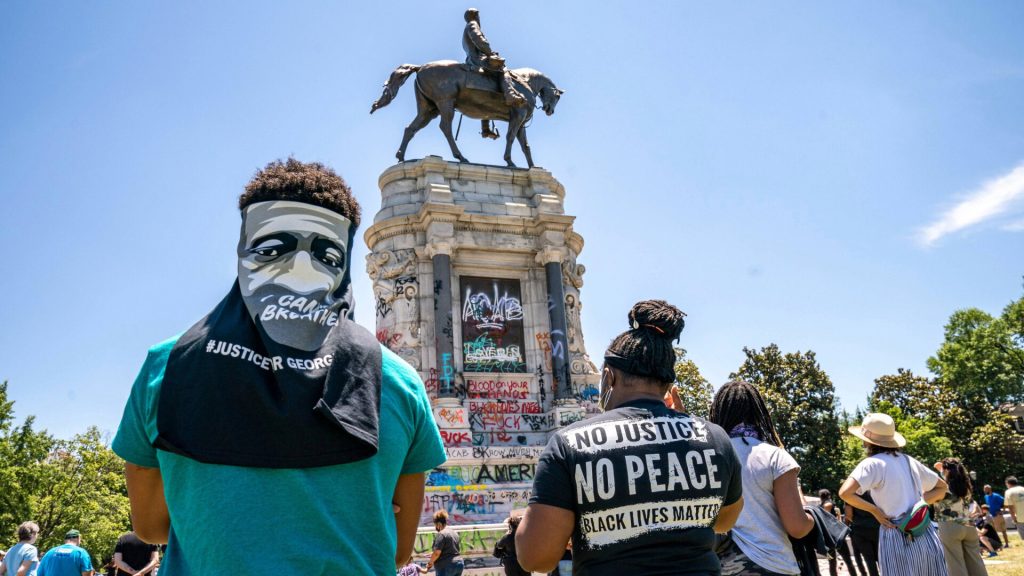
As we will see next, both sides of the issue make valid and worthy points. The key to finding a workable solution is to understand the opposing point of view. Let’s look at the pros and cons surrounding this complicated issue.
Pros: Statues Misrepresent History
An argument in favor of removing Confederate statues is that these statues misrepresent history. After all, it is rather unusual for leaders of the losing side of a war to be honored and commemorated. A stroll through some Southern towns would give someone the impression that the Confederates won the Civil War.

The monuments celebrate people who took up arms against the United States. They were traitors, insurrectionists, and conspirators. These were certainly not the type of people who should be treated like heroes.
Con: The Monuments Represent History, Where We Like It or Not
History is not always pretty. The United States was guilty of some terrible atrocities. Many of these statues and monuments commemorate a horrendous event from our history. It is important to remember the awful moments of our past so that we don’t repeat them.
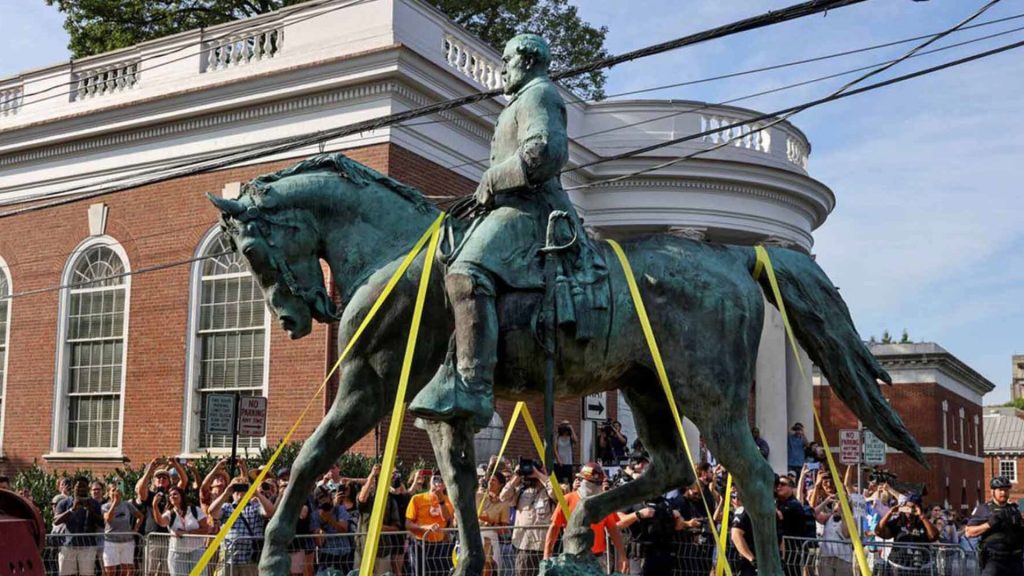
For some people, removing these statues is an attempt to erase or downplay the unpleasant moments of the past. This sort of whitewashing, they fear, may lead to us forgetting our past, especially the parts that we don’t like.
Pro: The Statues Trigger Reminders of Institutionalized Racism
Having so many large, public statues and monuments in places where they are visible to all means that these statues serve as a constant reminder of the widespread, institutionalized racism and oppression of the past.

Going one step further, many groups of people view these statues as helping to perpetuate a continual attitude of racism. They are a tangible reminder of the institutional racism that still permeates today’s society.
Con: Statues Do Not Cause Racism
Some people argue that statues, plaques, and monuments do not cause racism. The removal of a statue does not equate to a drop in racism in a particular community. Instead, they contend that the statues should remain in place and be used as a teaching tool to inform people about history.

People should be taught about the person or event depicted on the monument, along with a conversation about the good things that person has done, along with the bad. They should understand that history is complex and paradoxical – an historic figure is not entirely evil or entirely good.
Pro: There are Better People to Honor with Statues
There is validity in the argument that the United States has many historical figures who better represent the values of the country who should be honored and commemorated with statues and monuments. Many of the statues being targeted today were erected a century ago to honor people who were significant at that time.

Today, the U.S. is a more diverse and tolerant place. It is up to us to honor recent individuals, events, and achievements that exemplify inclusion and equality. There is room for more statues, plaques, and monuments … we need to push our lawmakers and communities to erect statues of people who better represent the progress we’ve made toward ending racism.
Con: Removing Statues Is a Slippery Slope
For some people, removing statues and monuments is a slippery slope that could lead to further erasing and rewriting history. They fear that the great achievements of our Founding Fathers and other historical figures will be downplayed and overshadowed if we focus only on the problematic aspects of their lives.
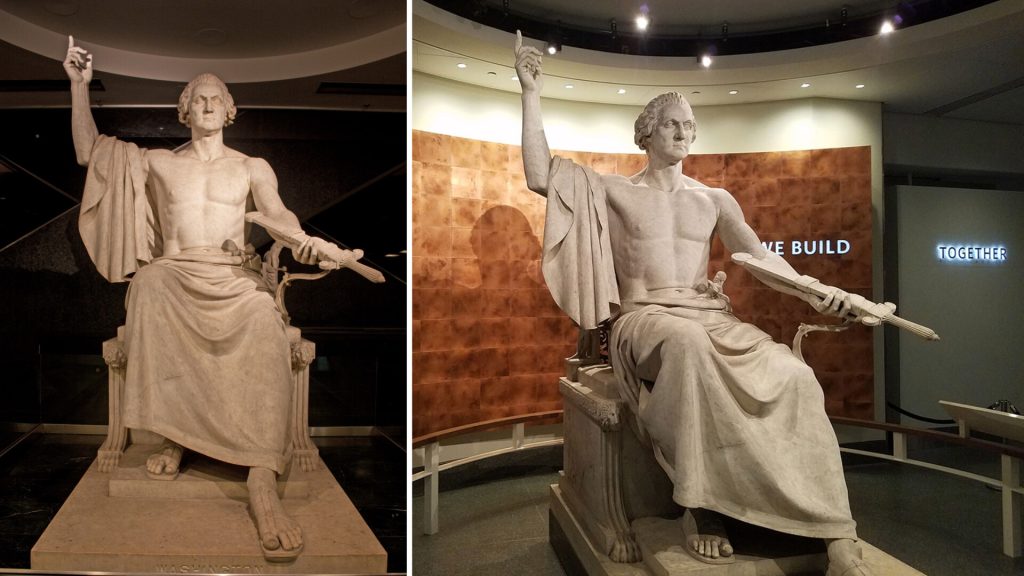
Our historic figures were, after all, human. They had their faults just like everyone else. If every person in history was judged on their worst flaws, every statue in the country would be labeled as offensive and removed.
Targets for Removal
Among the historic figures whose statues have been targeted for removal are former U.S. presidents who were slave owners. They include George Washington, Thomas Jefferson, and James Madison. Colonizers, such as Christopher Columbus and Father Junipero Serra, have also been targeted.
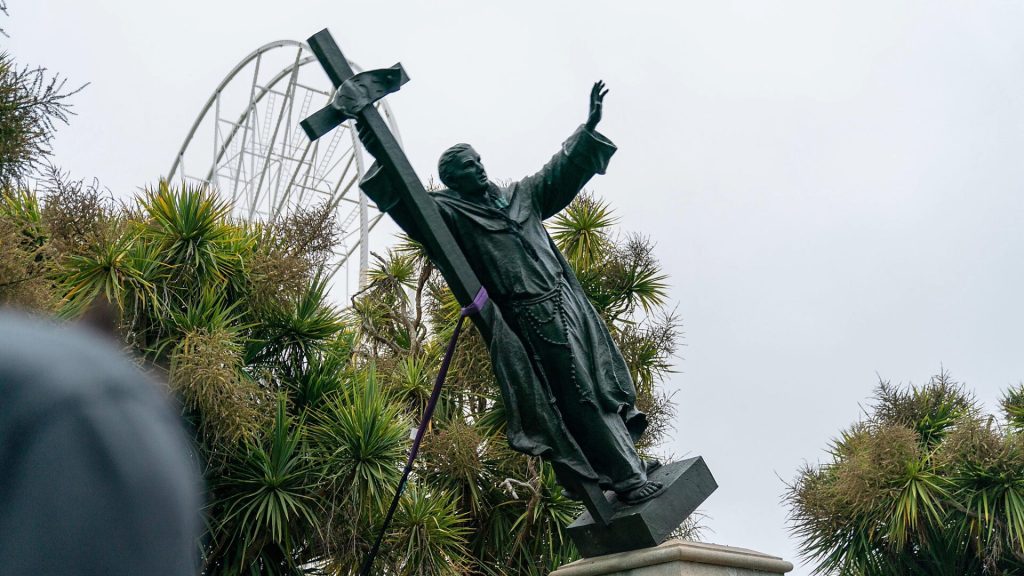
In addition, historical figures who were instrumental in murdering Native Americans and stealing their land have been the subject of protests. Tops on this list is Andrew Jackson who was responsible for the Indian Removal Act.
Confederate Leaders Are the Biggest Offenders
Not surprisingly, Confederate military and political leaders are the leading offenders. There continues to be pushes to remove statues and monuments to Confederate leaders, such as Robert E. Lee, Jefferson Davis, P.G.T. Beauregard, and Bill Anderson.

In Nashville, Tennessee, there was a statue of Confederate General Nathan Bedford Forrest. Not only was he a Confederate leader, but he was also the founder of the Klu Klux Klan. This statue was vandalized before the city removed it. But the mere existence of the statue was a reminder that we need to vet our heroes before we, quite literally, place them on a pedestal.
A Touchy Subject
The removal of statues and monuments is a touchy subject. Yes, there are people and events from our country’s history that should not be honored and commemorated.
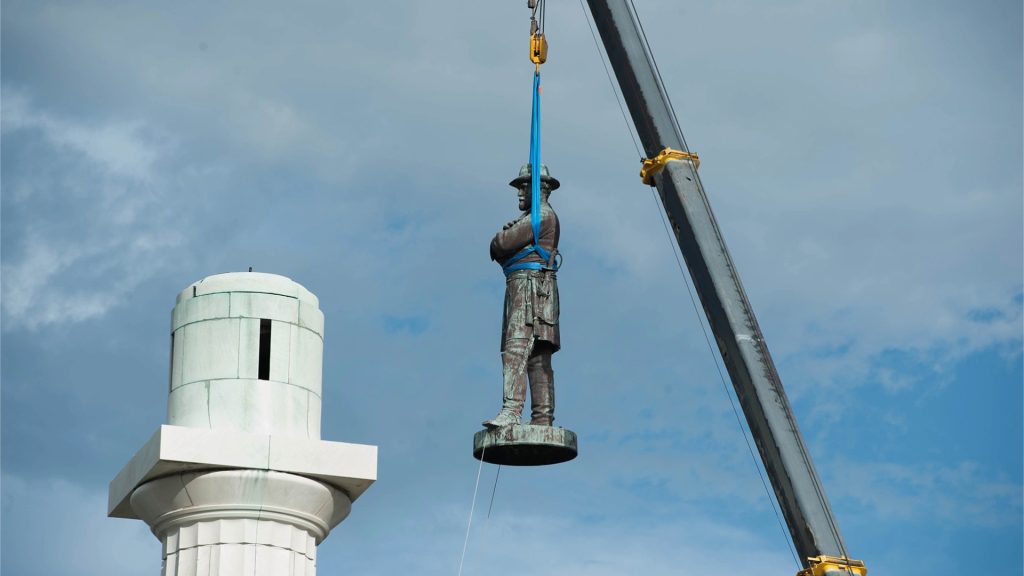
But as political editor John Daniel Davidson wrote, “A more mature society would recognize that the past is always with you and must always be kept in mind.”
Two Sides to the Issue
New Orleans Mayor Mitch Landrieu said, “These statues are not just stone and metal. They are not just innocent remembrances of a benign history. These monuments purposefully celebrate a fictional, sanitized Confederacy; ignoring the death, ignoring the enslavement, and the terror that it actually stood for. After the Civil War, these statues were a part of that terrorism as much as a burning cross on someone’s lawn; they were erected purposefully to send a strong message to all who walked in their shadows about who was still in charge in this city.”

On the other hand, Indiana University anthropology professor Lawrence A. Kuznar believes, “Removing Confederate statues amounts to whitewashing our history, turning our heads away from the inconvenient truths of our past. We should let them stand and use them to remind ourselves of what we are and are not, the cost our forebears paid for our freedom and to educate our children.”

